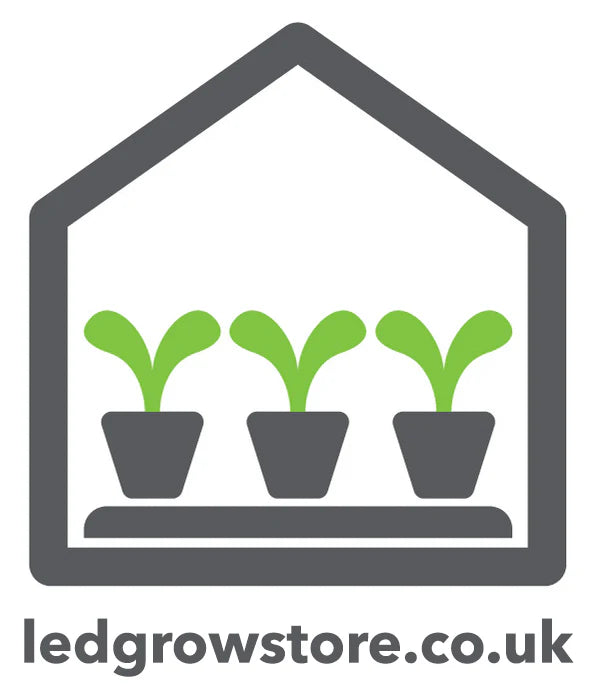Why Use LEDs?

LED (light-emitting diode) lights are often used for plant growth because they are energy efficient, long-lasting, and can be tailored to provide the specific wavelengths of light that plants need for photosynthesis.
Plants use light energy from the sun to convert water and carbon dioxide into glucose (a sugar) and oxygen through the process of photosynthesis. Different wavelengths of light are absorbed by plants to varying degrees, and certain wavelengths are more important for plant growth and development. For example, blue UV light (wavelengths around 400-500 nm) is important for promoting vegetative growth, while red light (wavelengths around 600-700 nm) is important for flowering and fruiting.
LED lights can be designed to emit specific wavelengths of light, so they can be customized to provide the optimal spectrum of light for plant growth. This makes them a useful tool for plant growth in controlled environments, such as greenhouses and indoor gardens, where the intensity and spectrum of light may be different from natural sunlight.
In addition to their ability to provide the right wavelengths of light for plant growth, LED lights are also energy efficient and long-lasting. They use less energy than other types of grow lights, such as high-pressure sodium or metal halide lamps, and they have a longer lifespan, which can reduce the need for frequent replacements.
Overall, LED lights are a popular choice for plant growth because they can provide the specific wavelengths of light that plants need for photosynthesis, are energy efficient, and have a long lifespan.
